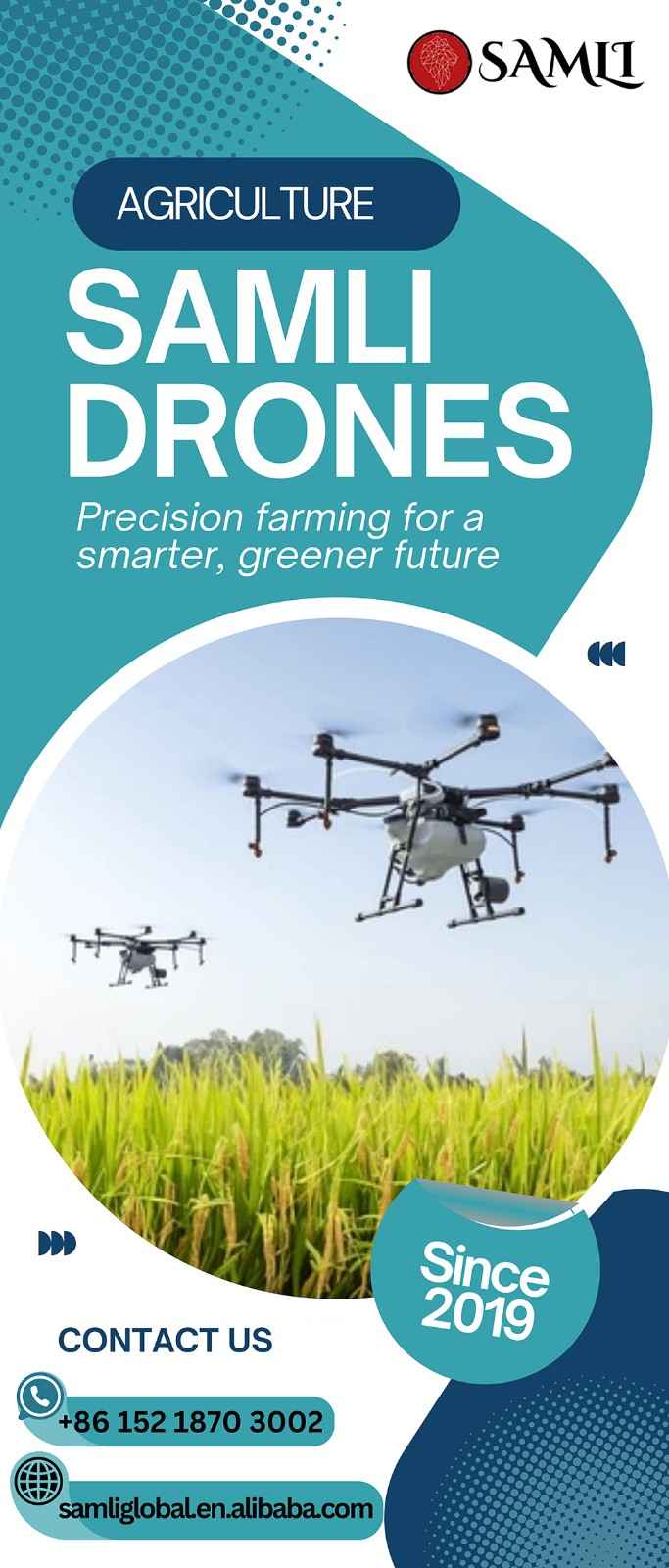Research and development form the very basis of everything, whether it be technology, healthcare, or life sciences. R&D affects everything from drug discovery to clinical trials, and the speed of innovation determines how fast new therapies and treatments reach patients. However, R&D has become increasingly complex, resulting in a larger volume of data, stricter regulatory demands, and the urgent need for global coordination, making digital transformation in R&D essential to overcome these challenges.
A digital transformation is what R&D needs to keep pace with the evolving technological landscape. It creates an opportunity for success by implementing and using leading life sciences solutions, which can accelerate research timelines, streamline processes, ensure compliance, achieve commercialization success, and realize cost savings.
The Importance of Digital Transformation in R&D in Life Sciences
Most traditional R&D processes rely on fragmented systems and manual workflows, which complicate the speed with which research can be conducted and increase the risk of errors. Digital tools can allow researchers to:
- Integrate data from various sources for better decision-making.
- Enable real-time collaboration globally.
- Increase compliance management to meet strict regulatory standards.
- Increase scalability to meet rapidly growing data demands.
For most pharmaceutical and biotech organizations, these types of efficiencies may be the line that differentiates between bringing therapies and medicine to the market within years instead of decades.
Primary Life Sciences Solutions Driving Transformation
Centralized Data Management
One of the main challenges in R&D is finding a way to handle all the data. Genomic studies and clinical trial results occupy terabytes of data, and a single lab itself generates additional data. Having a centralized platform ensures that all the data is collected, stored, and shared securely. This helps eliminate silos and provides the researcher with a single source of truth, yielding reliable outcomes.
Electronic Trial Master File (eTMF) systems
Clinical trials produce massive amounts of documentation that need to be common and centralized and must adhere to compliance standards. Tracking everything manually is tedious and time-consuming and results in inefficiencies and errors. eTMF solutions digitize document collection, document versioning, and document approvals to enhance compliance and follow strict regulatory standards. This, without question, makes the approval process easier.
Controlled Document Management
Compliance and quality management are at the core of life sciences R&D. Document control in a centralized platform ensures that standard operating procedures (SOPs), training, and compliance documents are all current and available for instant access to the entire organization. It imposes governance and makes approvals easier to show during regulator inspections. It enforces governance and makes approvals easier to show during inspections by regulators.
Advanced Analytics and Statistical Modeling
R&D today does not generate raw data, but opportunity. Data collected in the labs is statistically analyzed to reveal patterns that allow researchers to validate their results and predict the outcomes. Predictive modeling has the potential to revolutionize the drug discovery process by simulating the physiological behavior of new compounds before a protocol is written.
Cloud-Based Collaboration
Research teams of life sciences generally work globally, across multiple continents on a regular basis. With secure cloud-based platforms, all stakeholders can safely see the research outputs, comments and suggestions, and edit documents in real-time. The key benefit of this is that it helps reduce down time and maintain research timelines.
Problems with Integration
While digital transformation opens new doors and possibilities, there are many enabling factors that hinder digital transformation. For example, in some organizations, there may be questions and concerns about the security of their information and how they comply with the regulatory obligations. On the other hand, some companies may experience resistance to change from their teams. To tackle this, here’s what organizations can do:
- Select an option that has advanced security features such as encryption and access controls.
- Ensure that it is designed to meet various regulations such as FDA 21 CFR Part 11 and GDPR.
- Offer training and resources to help researchers and administrators transition and accept the digital transformation.
Choosing forward-thinking companies like Egnyte can help here. They provide platforms built for scalability, compliance, and collaboration, as well as data governance and collaboration solutions for the life sciences that satisfy these demands and support a smooth transition.
The Future of R&D in Life Sciences
With the current technological revolution, life sciences research and development is changing. It will likely depend more and more on automation, artificial intelligence, and predictive analytics. These advancements will accelerate the creation of new drugs and reduce costs, while maintaining proper safety standards. Organizations that update their research processes with digital solutions today will be best placed to benefit from the future.
Final Thoughts
Digital solutions across the life sciences R&D ecosystem have moved past options to become a life-altering necessity. Businesses can accelerate discoveries, remove waste and inefficiencies from their operating models, inspire true change, and improve health care when they bet on their use in the future with high-quality life sciences solutions.
With safe, legal, and collaborative platform solutions from reputable companies such as Egnyte, there is no better time than now for organizations to prepare for their digital transformation journey. This opportunity for life sciences organisations is not just about innovation but also about changing the future of patient care.



